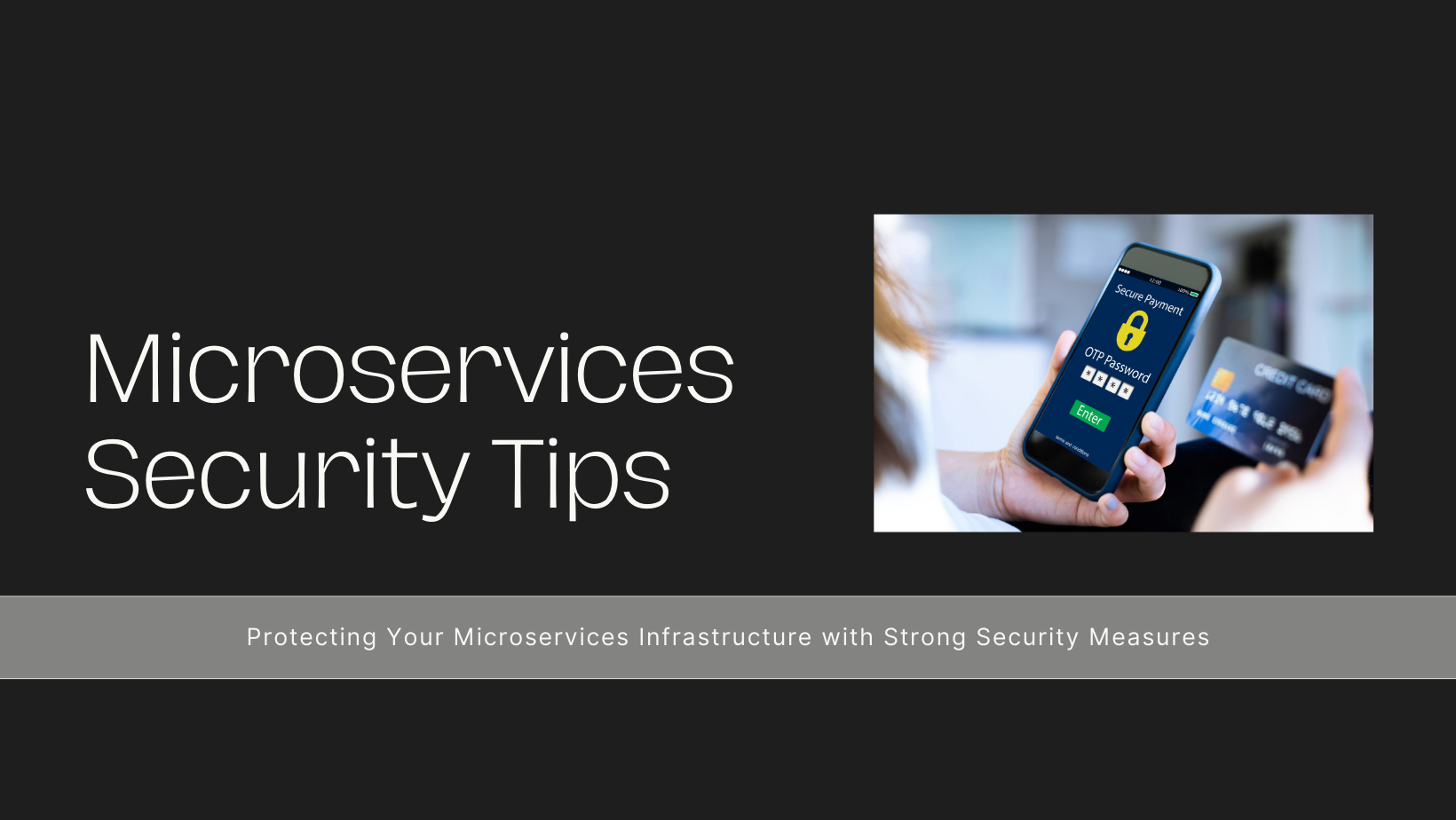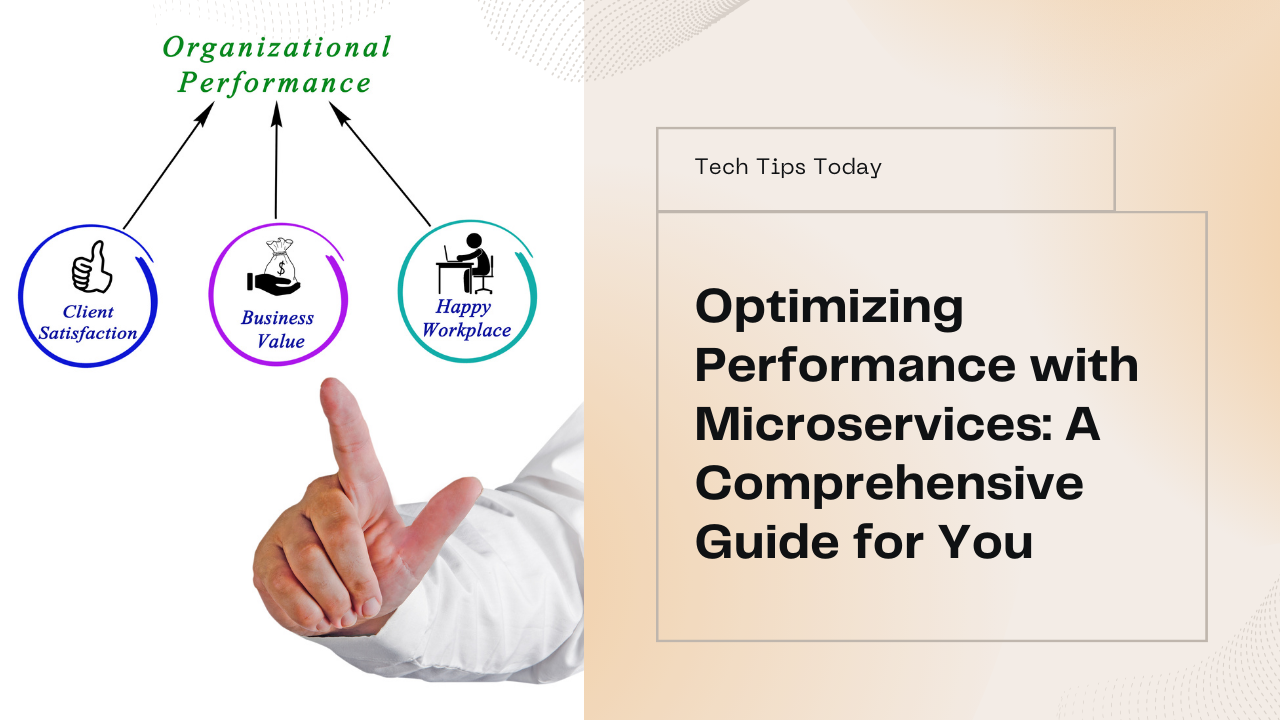In the era of digital transformation, Microservices Architecture has revolutionized application development by enabling agility, scalability, and faster time-to-market. However, with the adoption of Microservices comes the critical need for robust security measures to protect against potential vulnerabilities and cyber threats. This blog explores best practices and strategies for securing Microservices, highlighting key challenges, security considerations, and how Sodio Technologies can help organizations implement a comprehensive security framework.
Understanding Microservices Security Challenges
Microservices Architecture introduces unique security challenges due to its distributed nature and interconnected services. Securing Microservices requires addressing concerns such as:
- Service-to-Service Communication: Ensuring secure communication channels between Microservices to prevent eavesdropping and data interception.
- Authentication and Authorization: Implementing strong authentication mechanisms and access controls to verify identities and enforce least privilege access.
- Data Protection: Encrypting sensitive data both at rest and in transit to prevent unauthorized access and data breaches.
- Monitoring and Logging: Implementing robust monitoring and logging solutions to detect anomalies, track access patterns, and facilitate incident response.
Best Practices for Securing Microservices
1. Adopt a Zero Trust Security Model
Implement a Zero Trust security model that assumes all requests are potentially malicious, requiring verification and validation before granting access. Key principles include:
- Authentication: Implement multi-factor authentication (MFA) and OAuth tokens for service authentication.
- Authorization: Enforce least privilege access control using role-based access control (RBAC) or attribute-based access control (ABAC).
2. Secure Service-to-Service Communication
Ensure secure communication channels between Microservices using:
- Transport Layer Security (TLS): Encrypt communications with TLS to protect data integrity and confidentiality.
- API Gateways: Implement API gateways to manage and secure API calls, enforcing policies such as rate limiting, throttling, and IP whitelisting.
3. Container Security
Containerize Microservices using Docker or Kubernetes and implement container security best practices:
- Image Security: Scan container images for vulnerabilities before deployment using tools like Docker Security Scanning or Clair.
- Runtime Security: Monitor container runtime behavior for anomalies and enforce runtime security policies.
4. Implement Centralized Identity Management
Use centralized identity and access management (IAM) solutions to manage user identities and access permissions across Microservices:
- Single Sign-On (SSO): Implement SSO solutions like OAuth or SAML for seamless and secure user authentication across services.
- Identity Federation: Integrate with external identity providers (IdP) to federate identities and simplify user management.
5. Implement API Security Best Practices
Secure APIs exposed by Microservices by:
- API Security Policies: Implement robust API security policies, including input validation, rate limiting, and content-type validation.
- API Gateway Security: Use API gateways to enforce security policies, handle authentication, and perform API request validation.
6. Monitor, Audit, and Respond
Implement comprehensive monitoring, logging, and auditing mechanisms to:
- Event Logging: Log security events, API calls, and system activities for auditing and forensic analysis.
- Security Incident Response: Define incident response procedures and conduct regular security audits and penetration testing.
Sodio Technologies: Your Partner in Microservices Security
At Sodio Technologies, we specialize in designing and implementing secure Microservices solutions that protect against evolving cyber threats and ensure compliance with regulatory standards. Our expertise in cloud-native development, containerization, API security, and DevSecOps practices enables us to deliver robust, scalable, and secure Microservices architectures tailored to your business needs.
Conclusion
Securing Microservices is paramount for organizations embracing digital transformation and leveraging Microservices Architecture. By implementing proactive security measures, including Zero Trust principles, secure communication channels, container security, centralized identity management, API security, and comprehensive monitoring, businesses can mitigate risks and safeguard sensitive data across distributed Microservices environments. Partnering with a trusted technology provider like Sodio Technologies ensures a secure foundation for building resilient, scalable, and future-proof applications.
Contact Sodio Technologies Today
Ready to secure your Microservices architecture and protect your digital assets? Contact Sodio Technologies today to learn more about our Microservices security solutions and how we can help you achieve robust security posture in your software development initiatives.







